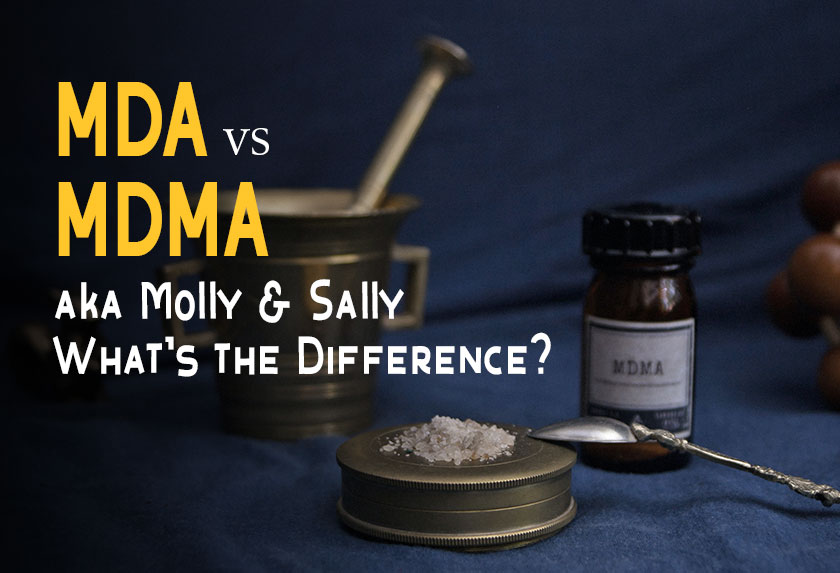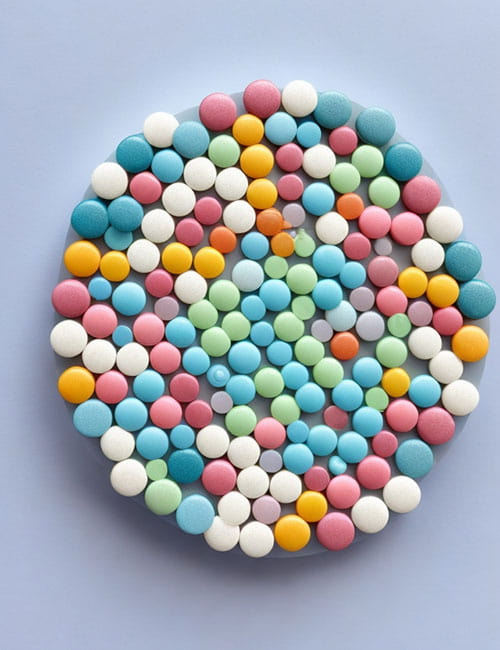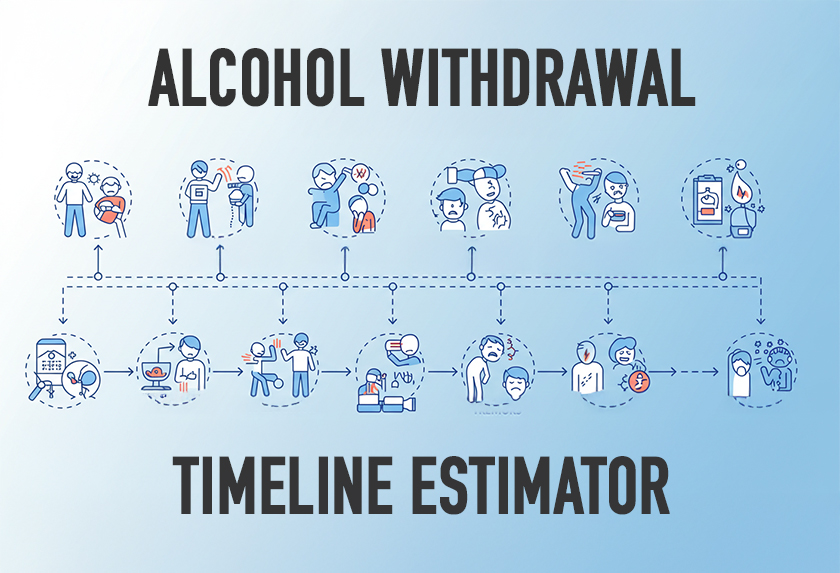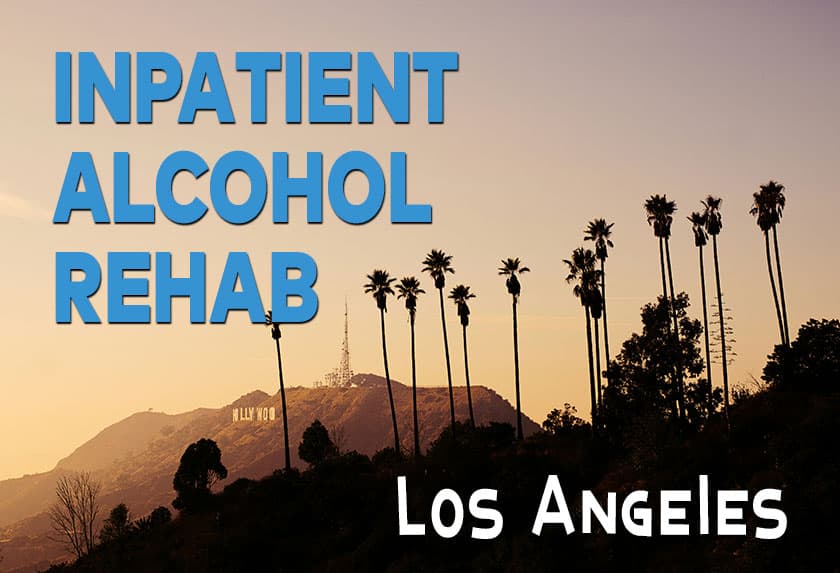Recognizing the differences and similarities of MDMA and MDA DRUG can be vital in identifying addiction.
These street drugs are commonly used by young adults and teenagers. MDMA and MDA drugs are accessible as a tablet and can be acquired for $20 to $30 on average.
MDA Drug vs. MDMA Drug: Knowing the Difference and Similarities
The MDMA and MDA drugs are amphetamines and phenethylamines. Both drugs are considered to be psychedelics due to the impact they have on their users.
Both drugs can produce heightened senses, feelings of empathy, and exhilaration. Despite these feel-good sensations, both of these street drugs pose a significant danger.
Both MDA and MDMA are commonly cut with other toxic chemicals. Some users might also receive other drugs instead of Molly or Sally, which can impair the ability of first responders in an emergency.
A five-year study showed that 60 percent of MDMA samples did not contain any MDMA. Instead, the majority of samples contained other drugs, including bath salts.
While MDA and MDMA are similar drugs, the Molly drug (MDMA) can produce a high that lasts between three and five hours.
The Sally drug (MDA) can last anywhere between six and eight hours on average. Sally has been known to create more of a psychedelic effect in users compared to Molly.
What is Molly?
Molly is one of many street names for MDMA. MDMA is also known as E, Ecstasy and the love drug.
This drug impacts the brain in several ways.
The “feel good” emotions that users often experience during a high is the result of an increase in dopamine and serotonin levels.
Users may experience increased energy, heightened feelings of empathy, and a decreased appetite.
MDMA also impacts norepinephrine levels, which can increase a user’s blood pressure and heart rate, putting them at a higher risk for blood vessel or heart conditions.
How Long Does Molly Last?
The effects of Molly last between four and six hours. The potency of the drug, as well as the way it is taken, influences the duration of the “high” that users experience.
What is Sally?
Sally, a common street name for MDA, is less well-known than its counterpart, but still just as dangerous. Other common names for the MDA drug include sassafras and sass.
Like MDMA, Sally impacts the dopamine, serotonin, and norepinephrine neurotransmitters in the brain. The drug is known for a “smoother, yet more potent high” that affects the user longer than that of Molly. MDA commonly produces visual and audible hallucinations in users.
How Long Does Sally Last?
The Sally drug will last between six to eight hours after it is taken.
Not only does Sally last longer than Molly, but the psychedelic effects that a user may experience are often heightened compared to MDMA.
What Are the Different Types of the MDMA and MDA Drug?
MDMA and MDA drugs are most commonly sold as “fun looking” tablets or pills.
The drug can come in a variety of colors and shapes, many of which will include symbols, logos, smiley faces or other shapes imprinted on the pill or tablet.
The drug can also be bought as a powder, crystal or liquid.
Different colored Molly and Sally can signify variations in potency and other drugs or toxins that may have been mixed with the MDMA or MDA drug.
For example, “Pink Molly” or “pink champagne” is a potentially fatal strain of Molly. Pink Molly is linked to a 2017 Halloween death of a 16-year-old boy from Gwytherin, Wales.
The Side Effects of the Molly Drug
The Molly drug causes several short-term and long-term side effects in users.
Common side effects of MDMA include:
- Elevated body temperature, which can cause heart, kidney, and liver failure.
- Severe muscle aches, chills, or cramps.
- Blurred vision.
- General weakness.
- Elevated heart rate, blood pressure, and motor activity.
- Mental changes, including paranoia, anxiety, depression and generalized confusion.
Molly is commonly cut with other dangerous street drugs, including cocaine, bath salts, and methamphetamine. These drugs cause even further danger and side effects when present.
The Side Effects of the Sally Drug
The use of MDAs can be detrimental to the user and present several side effects.
Short-term side effects will generally last up to six hours after a dose is taken while long-term effects can last up to a week or longer after taking the MDA.
Common side effects of MDA include:
- Nausea, vomiting, and diarrhea.
- Elevated energy, excessive sweating, and increased motor function.
- Convulsions and tremors.
- Muscle stiffness or weakness.
- Sexual dysfunction.
- Mental changes, including lapses of memory, depression, and increased anxiety.
- Difficulty sleeping.
The severity of the side effects that the MDA drug will present is determined by the purity and dosage that the user takes.
Like MDMA drugs, MDA is commonly caught with other toxins or street drugs, increasing the risk of harmful side effects.
Symptoms of an MDA or MDMA Overdose
As users take more and more MDMA or MDMA, they typically begin to build a tolerance for the drugs. A recent study investigates the pharmacological and cognitive effects of MDA in healthy humans.
This tolerance can cause users to put themselves further at risk by taking more of the drugs to achieve the same high.
Symptoms of an MDA or MDMA overdose include:
- Unresponsiveness or coma.
- High blood pressure.
- Increased anxiety, or panic attacks.
- Heart, kidney, or liver failure.
If someone seems to have overdosed on a Molly or Sally drug, it is crucial that medical attention is sought out immediately. The use of these drugs is hazardous and an overdose can be potentially fatal.
Are MDA and MDMA Drugs Addictive?
There has been some debate as to whether or not MDA and MDMA drugs are addictive.
Even without an addictive factor, users commonly take more and more of these drugs due to developing tolerance. With or without physically addictive elements, the psychological and physical dangers that the MDA and MDMA drugs pose is severe.
Repeated use of these drugs only increases the likelihood of users developing permanent damage or experiencing a severe side effect or overdose that could lead to death.
Seeking Treatment for Addiction
Young adults and teens have the highest risk of abuse for MDMA and MDA drugs, but these drugs can impact the lives of any abuser.
Both Molly and Sally addictions can lead to permanent, lifelong damage or death.
Seeking help is critical in avoiding the dangerous and potentially fatal side effects of Molly or Sally abuse.
FAQs
MDMA and MDA are both amphetamines and phenethylamines. While they have similar effects, there are key differences between them. MDMA, also known as Molly, produces a high that lasts between three and five hours, while MDA (commonly referred to as Sally) can last between six and eight hours. Sally is also known for creating a more pronounced psychedelic effect compared to Molly.
Both MDMA and MDA impact neurotransmitters in the brain, including dopamine, serotonin, and norepinephrine. These drugs can increase dopamine and serotonin levels, leading to feelings of euphoria and empathy. However, they can also pose risks such as increased blood pressure and heart rate due to their impact on norepinephrine levels.
While there is some debate regarding the addictive nature of MDMA and MDA drugs, repeated use can lead to tolerance, where users need higher doses to achieve the same effects. Psychological and physical dangers associated with these drugs are significant, and continued use increases the risk of permanent damage, severe side effects, or even fatal overdose.














